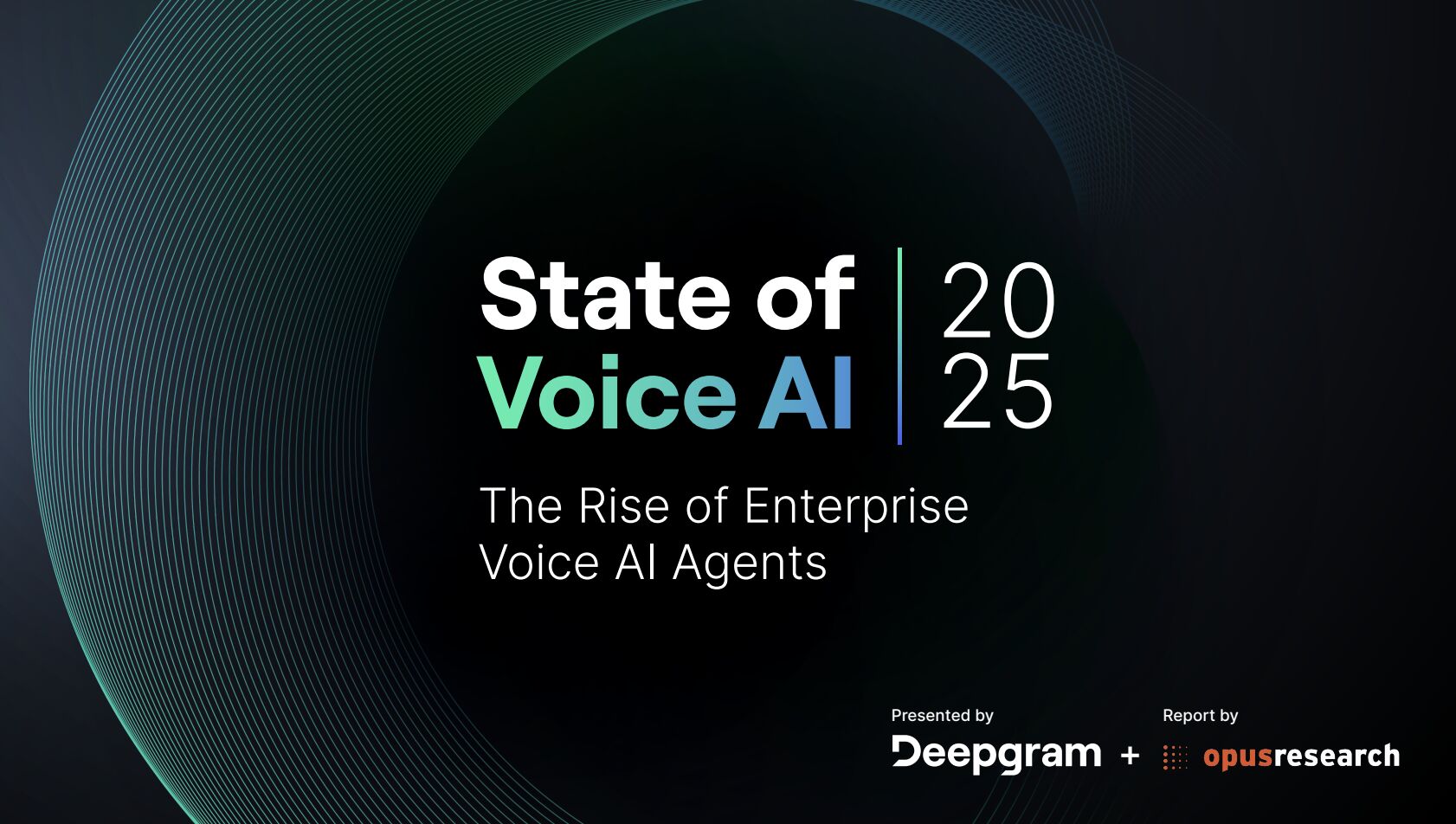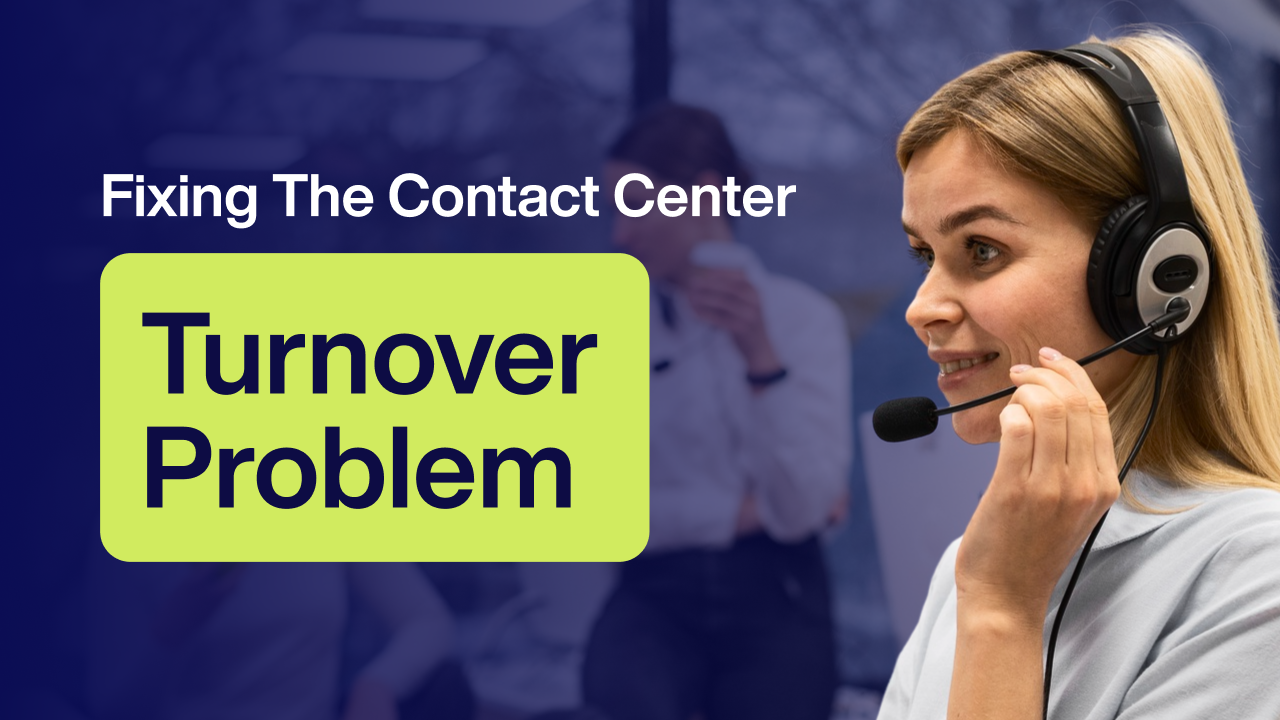AI-Human Hybrid Support: Stronger Fraud Detection and Compliance at the Contact Center

A reschedule that didn’t sound right
Monday morning. A scheduler gets a call to move a same-day oncology visit. The caller knows the right details, but the voiceprint is slightly off and the callback number doesn’t match the chart. Our AI flags the interaction: high-risk. The agent stays empathetic, shifts to step-up verification, and confirms the real patient through a secure channel. Appointment saved. Fraud attempt blocked. No drama.
The new fraud front door: your contact center
Fraud has moved upstream from portals and payments to live conversations. Synthetic identities, spoofed numbers, and deepfake audio now aim to reset passwords, reroute refunds, or change provider schedules. In healthcare, that means PHI exposure and schedule chaos; in financial services, account takeover and chargebacks; in manufacturing, warranty and returns abuse.
At the same time, regulations keep tightening—HIPAA and 21st Century Cures Act in healthcare, PCI DSS and Reg E in financial services, plus state privacy rules. Leaders need security without slowing down care, service, or sales.
Hybrid defense: AI that spots risk, humans who decide
What the AI does
- Real-time signal analysis: voice anomalies, device/call metadata, behavioral patterns, and language cues.
- Policy-aware workflows: dynamic step-up verification based on KBA, one-time passcodes, and prior consent.
- Data minimization: automated redaction and least-privilege access during the call and in the transcript.
- Audit trails: time-stamped decisions and evidence for QA and regulators.
What humans do better
- Contextual judgment: weighing medical urgency, member sentiment, and business impact.
- Trust and empathy: explaining why extra verification matters without escalating friction.
- Exception handling: making safe, documented overrides when care or revenue is at stake.
At EGS, our approach pairs AI copilots and Grace™—our hybrid AI voice bot—with trained agents. Grace handles verification steps and secure handoffs; agents focus on outcomes.
Compliance-first by design
Compliance isn’t a bolt-on. We build consent capture, PCI pause/resume, HIPAA-compliant redaction, role-based access, and retention controls into the conversation flow. That means clean evidence for HIPAA, PCI DSS, SOC 2, and internal audits—without agents juggling extra screens.
Industry realities we build for
- Healthcare: identity verification, benefits checks, and scheduling changes without exposing PHI. Fewer fraudulent bookings and better schedule adherence reduce provider burnout and idle time.
- Financial services: step-up authentication for balance inquiries, card reissues, and wire/ACH requests; real-time risk scoring to prevent social-engineered approvals.
- Manufacturing: warranty validations and returns authorization with document verification and anomaly detection.
Answering common objections
“Will this slow us down?” Not when AI automates verification and surfaces only the signals that matter. “Will it replace agents?” No—the model augments teams so they spend less time on scripts and more on resolving issues and keeping schedules productive.
Business impact that reaches the schedule
- Fewer no-shows and fraudulent appointments mean fuller provider calendars.
- Smarter triage boosts capacity utilization and short-notice access.
- Agents avoid burnout as repetitive checks shift to AI; leaders gain clear audit trails and KPI visibility.
Why EGS
Emerging Global Services (EGS) specializes in hybrid AI-human contact center operations for regulated industries. Led by founder Steve Shefveland, we combine compliance-first design, nearshore BPO teams in Mexico, and proprietary tools like Grace™. We help you reduce fraud risk, protect patient and customer trust, and keep schedules full—without sacrificing empathy or speed.

No Spam —
Just Good Stuff.
Join our newsletter for actionable advice, insider knowledge, and strategies that drive real results.
No fluff, just value.
.png)
%20(1).png)
From The Blog
Read All Articles
Hybrid AI That Actually Moves the Needle in Healthcare RCM

How AI-Human Collaboration Elevates Quality Assurance on the Factory Floor

Why Nearshore Hybrid BPOs Outperform Offshore Automation Centers

How Hybrid AI Voice Bots Elevate CX and Make Agents Unstoppable

AI‑Human Hybrid Support That Elevates Fraud Detection and Compliance

How Hybrid AI Streamlines Healthcare Revenue Cycle—Without Losing the Human Touch

AI-human hybrid quality assurance for supply chain accuracy

Why Nearshore Hybrid BPOs Outperform Offshore Automation Centers

AI + Human QA on the Line: How Hybrid Teams Raise Manufacturing Quality

Why Nearshore Hybrid BPOs Outperform Offshore Automation Centers

How AI-Human Collaboration Elevates Quality Assurance in Modern Manufacturing

Hybrid AI That Keeps Schedules Full: Reducing Patient No‑Shows and Burnout

Why Nearshore Hybrid BPOs Outperform Offshore Automation Centers

Hybrid AI That Quietly Fixes Healthcare RCM—Starting With the Schedule

How AI-Human Collaboration Raises the Bar on Manufacturing Quality Assurance

How Hybrid AI Tackles the Toughest Banking Service Moments

AI + Human QA: How Hybrid Teams Catch Defects Early and Strengthen Audits

How Hybrid AI Cuts Churn in Telecom and Retail—Without Losing the Human Touch

Hybrid AI for Financial Services: Faster Resolution, Stronger Compliance, Human-Centered Support

Hybrid AI That Fills Schedules and Eases Burnout: Reducing Patient No-Shows in Healthcare

Hybrid AI-human support that strengthens fraud detection and compliance—without breaking customer trust

AI + Humans: Elevating Quality Assurance on the Factory Floor

AI-human hybrid quality assurance for supply chain accuracy

Hybrid AI That Keeps Schedules Full—and Clinicians Fresh

Why Nearshore Hybrid BPOs Outperform Offshore Automation Centers

From Empty Slots to Full Days: Hybrid AI Scheduling That Reduces Burnout

From No‑Shows to Full Days: Hybrid AI That Fixes Provider Schedules Without Burning Out Staff

From Empty Slots to Full Schedules: Hybrid AI That Boosts Access and Reduces Burnout

Stop the Scheduling Spiral: Hybrid AI That Fills Schedules Without Burning Out Providers

Stop Empty Slots from Fueling Burnout: Hybrid AI-Human Scheduling for Health Systems

From Empty Slots to Full Days: Hybrid AI Scheduling for Health Systems

From Hold Music to Full Schedules: Hybrid AI That Lifts Provider Productivity Without Burning Out Staff

Stop the Scheduling Whiplash: Hybrid AI That Fills Last‑Minute Openings Without Burning Out Your Staff
.png)
Stop the Scheduling Spiral: How Hybrid AI Keeps Providers Productive and Patients Seen
.png)
AI & Financial Services: Where Compliance Meets Conversation

E-commerce's Hybrid AI Advantages: From Order Status to Complicated Returns
.png)
Customer Service & Experience East 2025 (Reuters Events)
.png)
NACHC’s Workforce Conference (formerly FOM/IT)
.png)
Healthcare's AI-Human Sweet Spot: When Empathy Meets Efficiency
.png)
Choosing the Right Contact Center Technology Stack for Your Industry
.png)
Order Management Support: Where AI Excels & Where It Fails
.png)
Customer Success vs. Customer Support: When to Use AI vs. Human Touch

687% Increase in Referral Processing in 6 Months: How One Healthcare Organization Turned Its Patient Support Around

5 Warning Signs Your Medical Referral Process Needs Immediate Attention

AI‑Powered Healthcare Contact Centers: What CX Leaders Need to Know

AI‑Powered Healthcare Contact Centers: What You Need to Know

Healthcare Contact Centers: What Others Are Just Diagnosing, EGS Has Already Solved

Real-Life Use Cases of Contact Center Automation for Cost Reduction

5 Proven Use Cases of Contact Center Automation That Cut Costs by Up to 30%

How Leading Companies Are Reducing Support Costs and Boosting Customer Satisfaction with AI

Real-Life Use Cases of Contact Center Automation for Cost Reduction

Unlocking Efficiency, Speed, and Patient Satisfaction through AI

How Healthcare Leaders Can Leverage AI to Transform Customer Experience (CX)

FQHC-Led Medicaid ACO Innovation: How Illinois is Reinventing Community Care through Value-Based Models

Expanding Access to Mental Health: How Telebehavioral Health Is Transforming Care in Frontier Idaho

Idaho’s Medicaid Expansion: Fueling Growth and Stability in Community Health Centers

Integrating Native Hawaiian Healing Practices: A Cultural Shift in Community Healthcare

Connecting Islands Through Telehealth: How Hawaii’s FQHCs Are Breaking Barriers with Virtual Care

How EGS Leverages Extensible, Integrated Technology to Simplify Health Systems

Addressing Georgia's Maternal Health Crisis: How FQHCs Are Leading the Way

Georgia’s Medicaid “Pathways” Program: A Partial Step, A Full Challenge for FQHCs

Delivering Care in the Fields: How Florida’s FQHCs Reach Migrant Farmworkers with Mobile Clinics

Florida’s FQHCs: The Safety Nets Holding Up Primary Care in a Non-Expansion State

Bridging Academia and Community Health: How Delaware’s FQHCs Are Driving Wellness Through University Partnerships

















.png)


.png)
.png)
.png)
.png)
.png)
.png)
.png)
.png)
.png)
.png)





